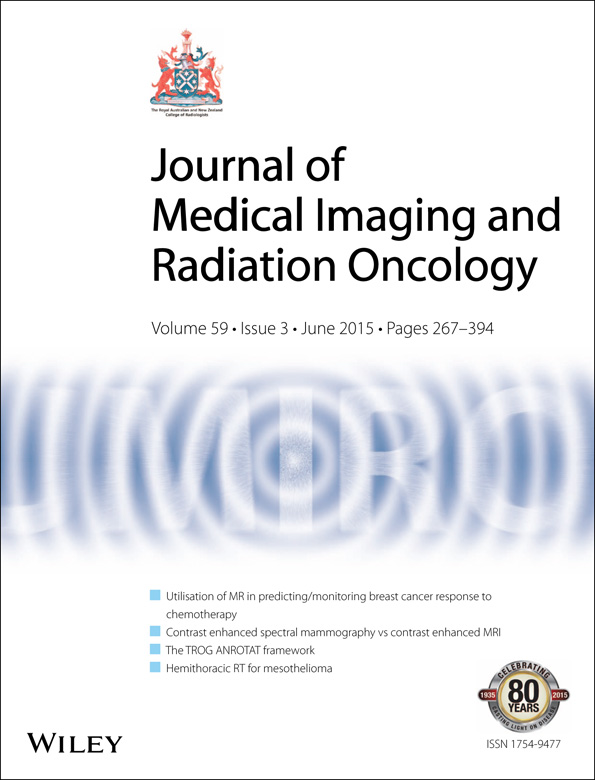Intra-tumour 18F-FDG uptake heterogeneity decreases the reliability on target volume definition with positron emission tomography/computed tomography imaging
Abstract
Introduction
This study aims to explore whether the intra-tumour 18F-fluorodeoxyglucose (FDG) uptake heterogeneity affects the reliability of target volume definition with FDG positron emission tomography/computed tomography (PET/CT) imaging for nonsmall cell lung cancer (NSCLC) and squamous cell oesophageal cancer (SCEC).
Methods
Patients with NSCLC (n = 50) or SCEC (n = 50) who received 18F-FDG PET/CT scanning before treatments were included in this retrospective study. Intra-tumour FDG uptake heterogeneity was assessed by visual scoring, the coefficient of variation (COV) of the standardised uptake value (SUV) and the image texture feature (entropy). Tumour volumes (gross tumour volume (GTV) ) were delineated on the CT images (GTVCT), the fused PET/CT images (GTVPET-CT) and the PET images, using a threshold at 40% SUVmax (GTVPET40%) or the SUV cut-off value of 2.5 (GTVPET2.5). The correlation between the FDG uptake heterogeneity parameters and the differences in tumour volumes among GTVCT, GTVPET-CT, GTVPET40% and GTVPET2.5 was analysed.
Results
For both NSCLC and SCEC, obvious correlations were found between uptake heterogeneity, SUV or tumour volumes. Three types of heterogeneity parameters were consistent and closely related to each other. Substantial differences between the four methods of GTV definition were found. The differences between the GTV correlated significantly with PET heterogeneity defined with the visual score, the COV or the textural feature-entropy for NSCLC and SCEC.
Conclusions
In tumours with a high FDG uptake heterogeneity, a larger GTV delineation difference was found. Advance image segmentation algorithms dealing with tracer uptake heterogeneity should be incorporated into the treatment planning system.




